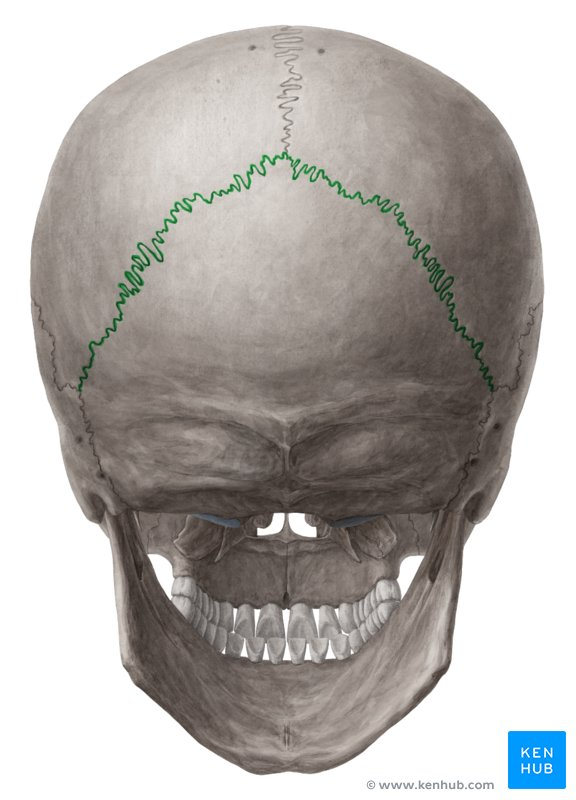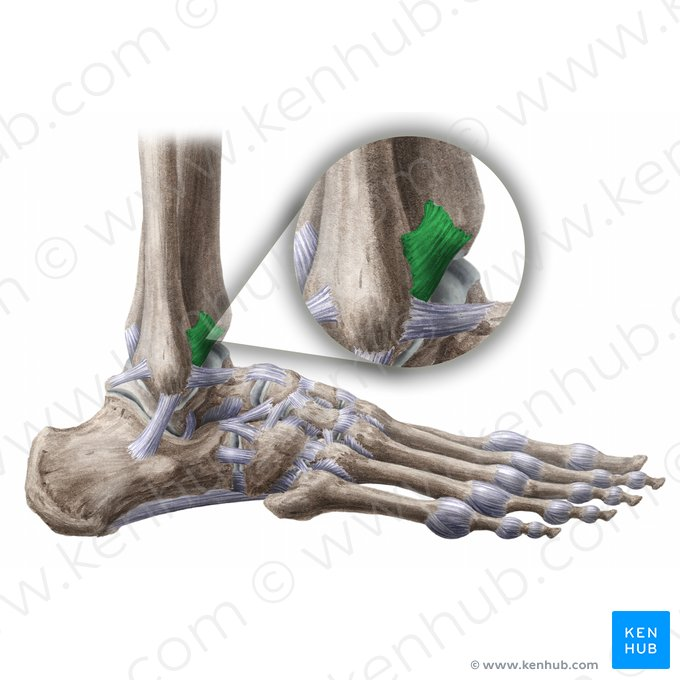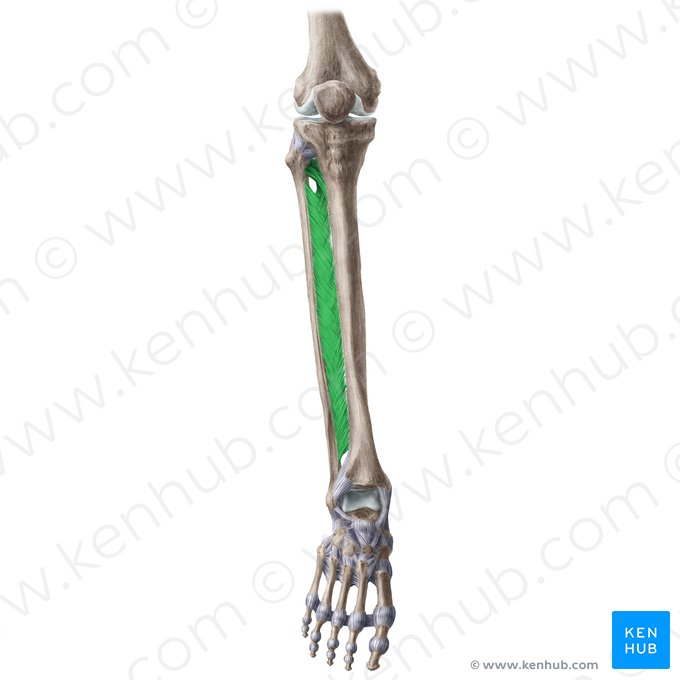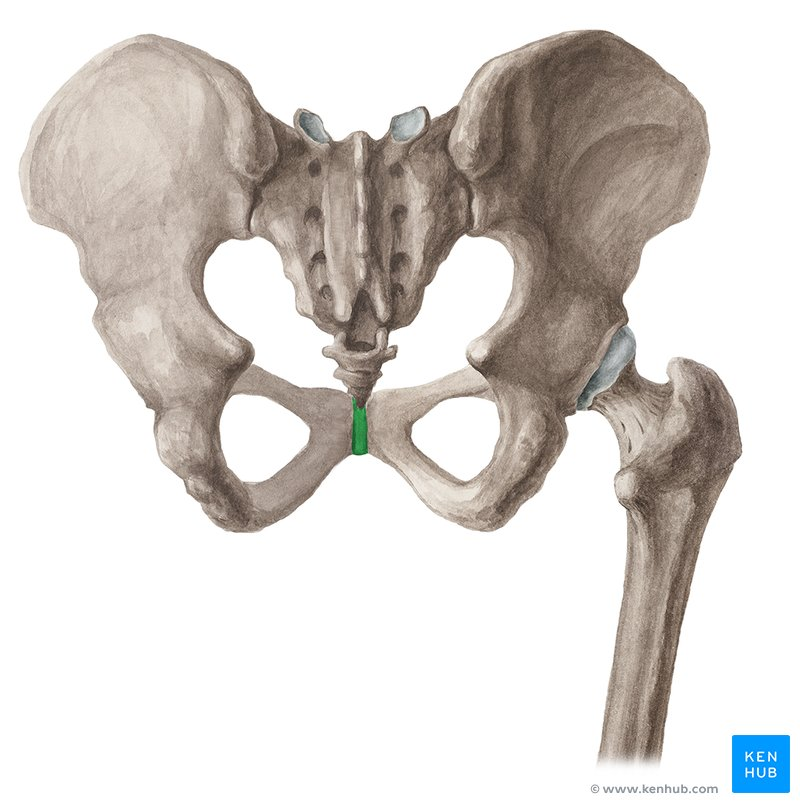Joints & Classification
1/11
Earn XP
Description and Tags
Fibrous, cartilaginous, & synovial joints. Movement of synovial joints. Anatomy of the knee joint.
Name | Mastery | Learn | Test | Matching | Spaced |
|---|
No study sessions yet.
12 Terms
Sutures
A fibrous joint composed of a thin layer of dense fibrous connective tissue that unites the skull bones

Interosseous ligament
A type of fibrous tissue, specifically classified as a syndesmosis
Made of a broad sheet of ligament that allows some movement between adj. bones
Ex. the distal tibiofibular joint

Interosseous membrane
A type of fibrous joint, specifically classified as a syndesmosis
A substantial sheet of fibrous connective tissue that binds neighboring long bones
→ permits slight movement
Allows more surface area for the attachment of muscles
Ex. Between the radius & ulna + between the tibia & fibula

Gomphosis
A type of fibrous joint, specifically classified as a syndesmosis
→ AKA the dentoalveolar joint
A cone-shaped peg fits into a socket
→ permits no movement
Ex. the root of a tooth in its dental socket
Fibrous joint
Lack a synovial cavity, have the articulating bones held together by fibrous connective tissue, and permit little or no movement
Cartilaginous joint
Lacks synovial cavity
Articulating bones are either connected by fibrous connective tissue or hyaline cartilage
→ 2 types: synchondrosis & symphysis
Synovial joint
Synarthrosis joint
An immoveable joint
Amphiarthrosis joint
A slightly moveable joint
Diarthrosis joint
A freely moveable joint
Synchondrosis
A type of cartilaginous joint
Connecting material is hyaline cartilage, allowing no movement
Ex. An epiphyseal plate has hyaline cartilage localized in growth centers during endochondral bone formation
Symphysis
A type of cartilaginous joint
Connecting material is a disc of fibrocartilage, allowing some movement
Ex. intervertebral discs, pubic symphysis
